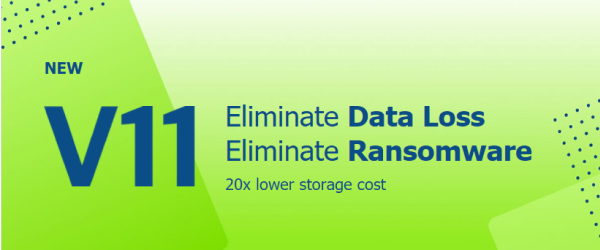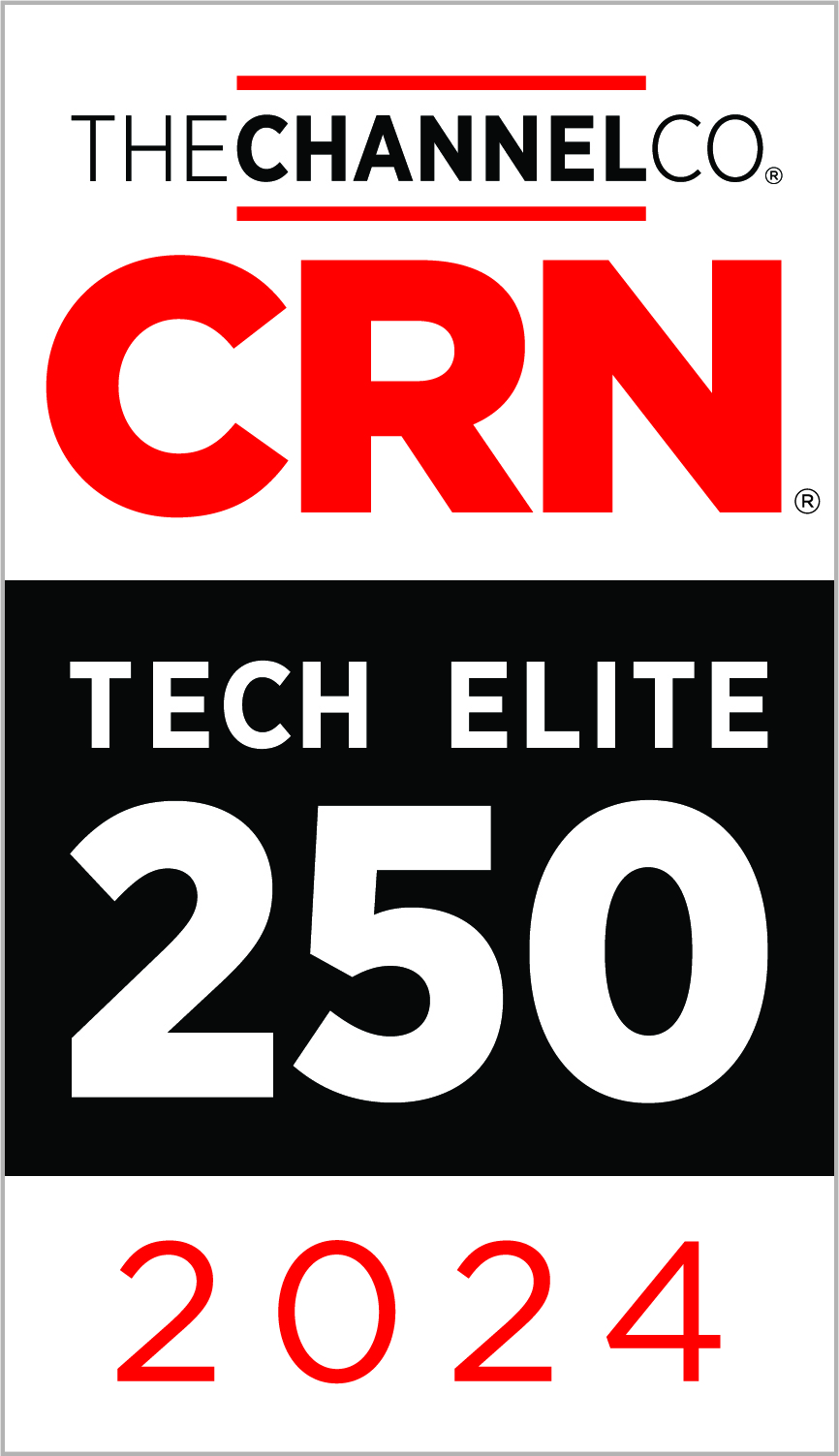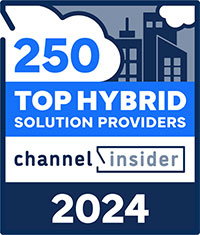Veeam V11

Data Protection
In the age of ransomware and digital transformation, your company’s data is even more critical than ever to keep your business running. While avoiding data loss is the main priority of backups, it can often be hard to balance that with the cost of those backups. On top of all that, data is harder to manage and control than ever due to multi-cloud infrastructure and workers more often working remotely.
So how do you deal with all of that and still have a trusted backup in case the worst should happen? You need a single, robust solution for data management that can protect your data through all phases of its lifecycle.
Veeam has been a leading player in the backup space for a while now. It has really stepped up when it comes to addressing new challenges in data protection. It has a host of different products, enterprise to consumer, that make it easy for businesses big and small to tackle the issue. They continue to innovate and keep your data secure while remaining flexible enough to fit into any environment. This year is no different with the release of Veeam version 11.
So what is new in the newest version of Veeam?
Continuous Data Protection, or CDP
It integrates with VMware environments to eliminate downtime and minimize data loss with a host of new features. CDP will eliminate the need for VM snapshots with I/O level tracking, and reduce the bandwidth needed for replication. It works on any OS or application as long as they are running in a vSphere VM. CDP will also schedule your jobs for you, just define the required RPO and CDP will take care of it. Depending on the amount of data, CDP can also offload data processing from your hosts to proxies. It calculates the required bandwidth to eliminate guesswork.
Hardened Repositories
This keeps your backups safe from malware and hackers with immutable backups. Single-use credentials are never stored in the configuration database eliminating any possibility of those credentials being extracted from a compromised backup server.
Expanded Object Storage Support
This feature reduces the cost of long-term archives. Veeam now integrates with Amazon S3 Glacier and Azure blob archive storage which are best for very long-term storage. These repositories can be made immutable, and are policy-based, so no management required.
Expanded Instant Recovery
It makes even more of your workloads instantly available. Instant recovery has been a feature of Veeam for a while, but now it has been expanded to include SQL and Oracle databases. Regardless of size, databases are made available to production applications and clients in minutes. You can then finalize those recoveries either manually, or by scheduling them to switch as soon as synchronization catches up, or even scheduling the switch during maintenance hours.
More Improvements
Veeam has made many more improvements with Version 11, enhancing many aspects of the program. GFS and Archive backups have added functionality. Powershell is now more powerful. Backup speeds have increased. Compliance with WORM backups has been added. As well, the GUI has seen some improvements. All of these features are included with normal licenses, you don’t need to pay extra for any of this stuff.
I am barely even scratching the surface on what is in the new version. I am most excited about the steps Veeam is taking to make their product more resilient against viruses and ransomware. Ransomware attacks have ramped up over the last few years. Keeping good copies of data in case of such an attack has been a struggle. Companies like Veeam have been in an arms race against hackers. Things like immutable backups are a huge leg up in the fight. Maybe someday, we won’t have to worry about that stuff, but for now, at least we have Veeam.
Contact Zunesis to find out more about Veeam V11.
Categories
Search
Blog Categories
Related Resources
Archives
- July 2024
- June 2024
- May 2024
- April 2024
- March 2024
- January 2024
- October 2023
- September 2023
- August 2023
- July 2023
- June 2023
- May 2023
- April 2023
- March 2023
- February 2023
- January 2023
- October 2022
- July 2022
- June 2022
- May 2022
- April 2022
- March 2022
- February 2022
- January 2022
- December 2021
- November 2021
- October 2021
- September 2021
- August 2021
- July 2021
- June 2021
- May 2021
- April 2021
- March 2021
- February 2021
- January 2021
- December 2020
- November 2020
- October 2020
- September 2020
- August 2020
- July 2020
- June 2020
- May 2020
- April 2020
- March 2020
- February 2020
- January 2020
- December 2019
- November 2019
- October 2019
- September 2019
- August 2019
- July 2019
- June 2019
- May 2019
- April 2019
- March 2019
- February 2019
- January 2019
- December 2018
- November 2018
- October 2018
- September 2018
- August 2018
- July 2018
- June 2018
- May 2018
- April 2018
- March 2018
- February 2018
- January 2018
- December 2017
- November 2017
- October 2017
- September 2017
- August 2017
- July 2017
- June 2017
- May 2017
- April 2017
- March 2017
- February 2017
- January 2017
- December 2016
- November 2016
- October 2016
- September 2016
- August 2016
- July 2016
- June 2016
- May 2016
- March 2016
- February 2016
- January 2016
- December 2015
- October 2015
- September 2015
- August 2015
- July 2015
- June 2015
- May 2015
- April 2015
- March 2015
- February 2015
- January 2014
- February 2013




